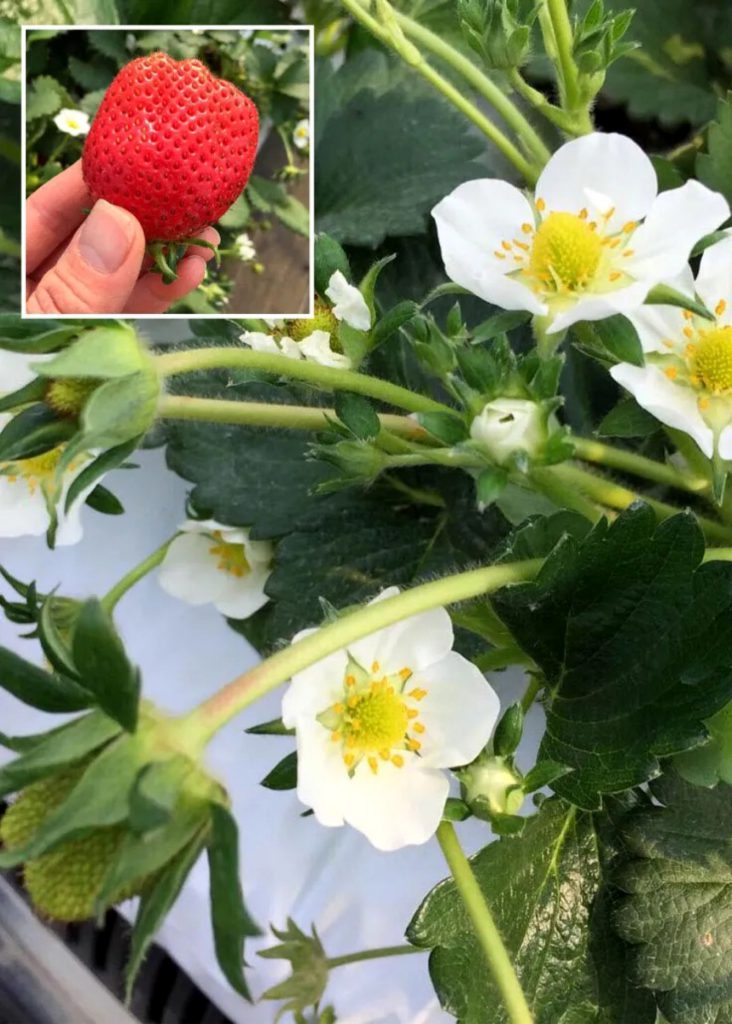
When strawberries were cultivated outdoors, the season was from spring to early summer. However, with the development of greenhouse cultivation technology, the season for strawberries as a food ingredient is now December-June, and it is now widely distributed from autumn to the spring of the following year. Strawberries are the protagonist of Christmas ingredients. In fact, strawberries in the cold season from December to January are the sweetest, and the warmer they are, the stronger the acidity tends to be. Following New Year’s Day and Valentine’s Day, the Doll’s Festival is the last turn of strawberries. Strawberries grow faster when the temperature is high and slower when it is cold. Growing slowly in the cold winter months, strawberry will have a longer time to store sugar, and the taste will be sweeter and richer. The cold weather was severe and long this winter, so the strawberries at this year’s Hinamatsuri are likely to be sweeter with less acidity.
いちごは露地栽培のころは春から初夏が旬でした。しかし、今では、温室栽培の技術発展に伴って、食材としてのいちごの旬は12月 – 6月とされ、秋から翌年春まで多く流通するようになりました。クリスマスの食材の主役はいちごです。実際、12月〜1月にかけての寒い時期のいちごが一番甘く、暖かくなるほど酸味が強くなる傾向にあります。お正月、バレンタインに続き、雛祭りはいちごの最後の出番です。いちごは気温が高いと成長が早くなり、寒いと遅くなります。冬の寒い時期にじっくりと成長した方が、糖分を溜める時間が長くなり、甘みの強い、濃厚な味になります。今年の冬は寒さも厳しく長かったので、今年の雛祭りのいちごは酸味が少なく一段と甘いいちごになりそうです。
